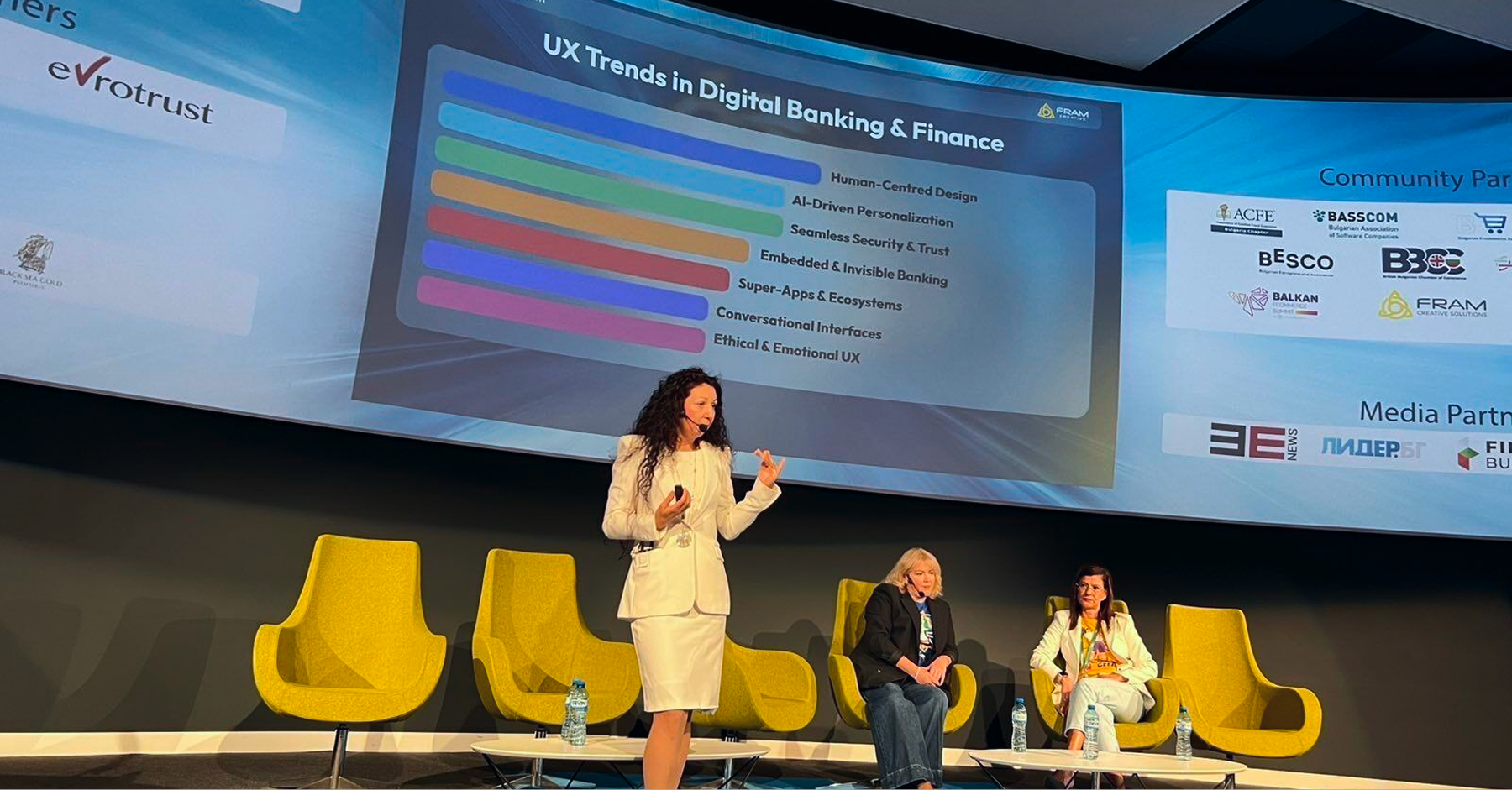Futuretech
Real Estate
MedTech
Security & Insurance
The Playbook of Accessible Design for Business Owners


Our design process is deeply rooted in adherence to recognized accessibility standards, such as the Web Content Accessibility Guidelines (WCAG). These guidelines serve as a foundational framework that guides our design and development processes. We aim for at least WCAG 2.1 AA compliance in all our projects, ensuring that our digital products are accessible to as many people as possible.
We integrate inclusive design principles at every stage of the project. This involves:
We ensure sufficient color contrast to aid users with visual impairments and color blindness. Text is carefully styled to be legible, with considerations for font size, weight, color contrast and spacing.
For users with motor disabilities, we design interfaces that are fully navigable using a keyboard. All interactive elements are focusable and operable without a mouse.
We design with screen readers in mind, ensuring that our content is logically structured with proper heading levels, alternative text for images, and meaningful descriptions for all interactive elements.
Our designs are responsive and flexible, allowing users to interact with our products on various devices and screen sizes without losing accessibility features.
We believe that the best way to ensure accessibility is to test with real users. We engage individuals with disabilities in our user testing phases, gathering direct feedback on how they interact with our designs. This helps us identify and address potential accessibility issues that might not be apparent through automated testing tools alone.
Accessibility is not a one-time effort but an ongoing process. We adopt an iterative approach to design and development, where accessibility is continuously assessed and improved. This involves regular audits, user feedback sessions, and updates to keep our products compliant with evolving standards and user needs.
Our team is committed to staying informed about the latest trends and best practices in accessible design. We invest in regular training sessions, workshops, and certifications to ensure that our designers, developers, and project managers are equipped with the knowledge and tools needed to create accessible experiences.
Accessibility is a team effort, and we foster a culture of collaboration where designers, developers, content creators, and project managers work closely together. We also collaborate with accessibility consultants and advocates to ensure our designs meet the highest standards.
We maintain transparency with our clients by documenting our accessibility efforts at every stage of the project. This includes detailed accessibility reports, testing results, and recommendations for future improvements. Our goal is to empower our clients to understand the importance of accessibility and to continue advocating for inclusive design in their own organizations.
While compliance with standards is crucial, we go beyond the minimum requirements by fostering empathy throughout our design process. We encourage our team to engage with assistive technologies, such as screen readers and voice controls, to better understand the user experience of people with disabilities. This hands-on approach helps us create more intuitive and human-centered designs.




Our friendly team would love to hear from you.
By submitting this form you agree with our Privacy Policy



